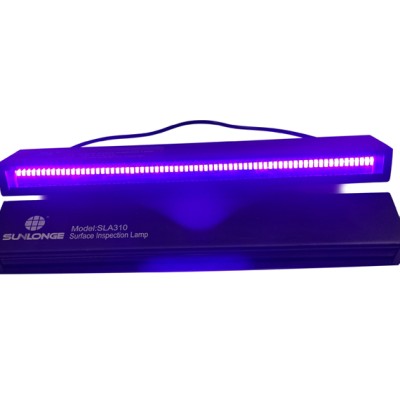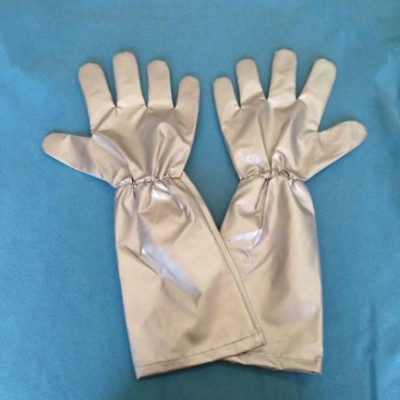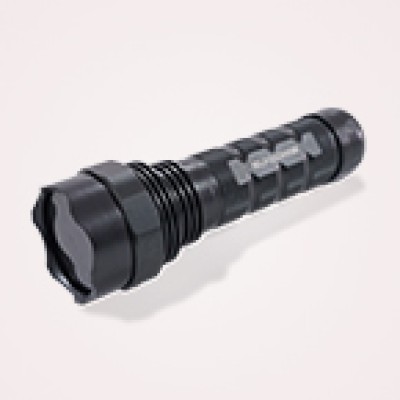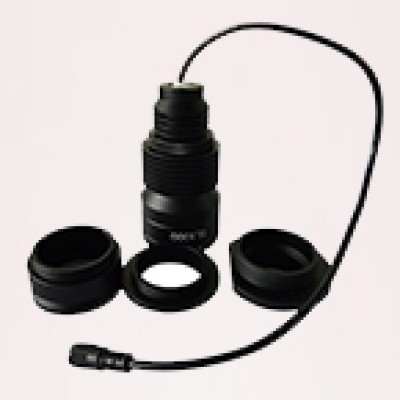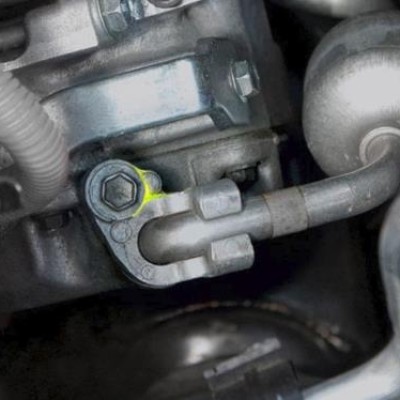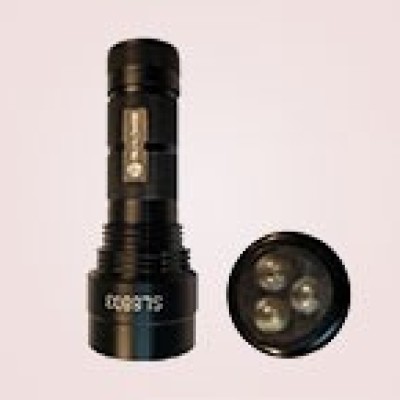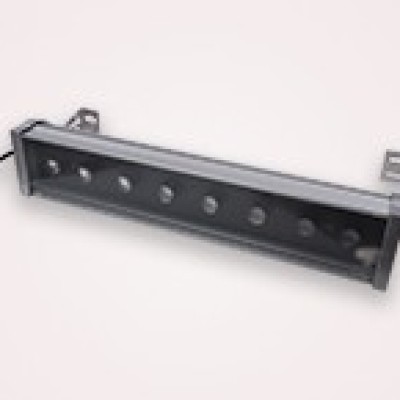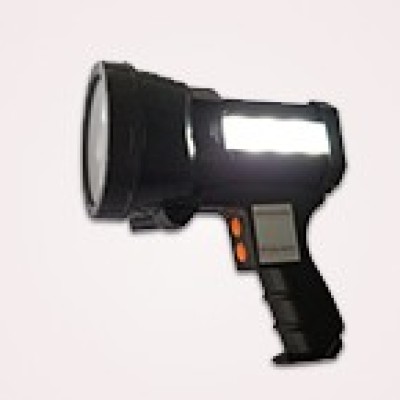Introduction
Under the technological expansion, numerous game changers are rising in today’s market. One of the instances in the forensic industry is the vast number of light sources. Illustrating with an example of the microscope light source, in the past, microscopists utilised oil lamps and sunlight as illumination for inspection. To generate sufficient light energy, reflection and scattering became the common procedure in gathering the light source. Notwithstanding, the unstable illumination under these traditional methods led to various problems, including glare and flooding, resulting in inaccuracy of examination. Fortunately, with continuous development, the modern microscope light source has been equipped with multiple benefits. Other light sources, consisting of excitation light source and forensic light source, also produce a driving force in countless fields.
Microscope Light Source
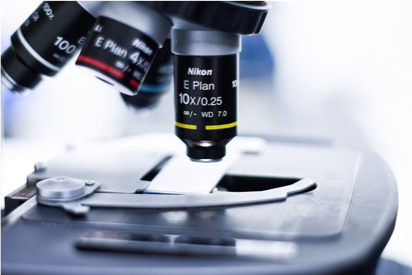
The largest selling point of the modern microscopes is its ability to generate an integral light source. With an incandescent tungsten-halogen bulb installed, it can produce even and lasting light source of 15 W. Some even provide an adjustable LED light source that can cater for varying circumstances. Despite its great energy produced, in which drastic heat will also be released, the built-in heat filter integrated into the stand allows immediate cooling of light during and after use. In addition, the large-area radiator and cooling fan minimize the noise during operation. Another remarkable aspect of the microscope light source is the number of model types. In particular, it provides single fibre, double fibre and ring fibre. For example, the ring fibre offers 360° and shadow-free illumination, which is typically applied in scenarios with high-magnification and extended working distance. All these advantages make the microscope light source the first in diverse domains, specifically for microscope applications.
Excitation Light Source
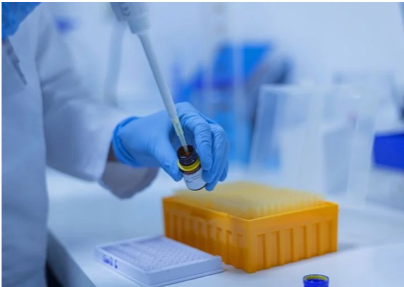
Excitation light source contains three major types, namely, broadband sources, laser excitation sources and high-output light-emitting diodes (LEDs). Nevertheless, all these sources are designed for the same purpose, to analyse the samples collected. With regard to the types of samples, technicians can draw the most suitable source according to its wavelengths. Due to its great flexibility and sensitivity of detection, the excitation light source is routinely employed in fluorescence spectroscopy and biotechnology.
Forensic Light Source

A forensic light source carries intensive and plentiful wavelengths, allowing it to become the best choice in forensic applications, for instance, crime scene investigation. Considering that the environments under examination vary for a large extent, the integration of wavelengths supports substantial adjustment to achieve the optimal wavelength. Comparing with other alternative light sources, containing lasers and LED based ALS, forensic light source offers the greatest availability of wavelengths and versatility. Consequently, it serves as the common measure in a good deal of evidence detection.
Factors for Suitable Light Source
In spite of a number of light sources that are employed in different aspects, they share the same factors taken into consideration when choosing the appropriate light source. The most crucial factor is the power and intensity. With higher intensity, all evidences can be highlighted regardless of their sizes. Thereby, intensity acts as the foundation of accuracy in examination. Another factor is the economic aspect, including, the lifetime, cost of purchase and installation and maintenance cost. By minimizing the financial costs, the development of research is more sustainable. The final factor is the environmental costs. On the grounds that people are becoming more environmentally friendly nowadays, countries aim at booming their economic and technological advancement while maintaining the sustainable of the environment. Hence, the footprint, power consumption and whether it can be recycled are several points to be considered. Through analysing and evaluating the above factors, technicians can decide the most suitable light source for its applications and laboratories to maximise its effectiveness.
Conclusion
In general, microscope light source, excitation light source and forensic light source are particularly designed for microscope applications, fluorescence spectroscopy and forensic applications. They contain plenty of benefits that uplift the procedures of detection and inspection. In detail, they effectively reduce the financial costs and increase the stability and accuracy of results. However, to further strengthen their reliability, technicians are expected to take several factors into consideration before adoption. Consequently, the continual advancement of light sources will sustain the expansion in multiple fields, specifically in the technological aspect.
 CN
CN

